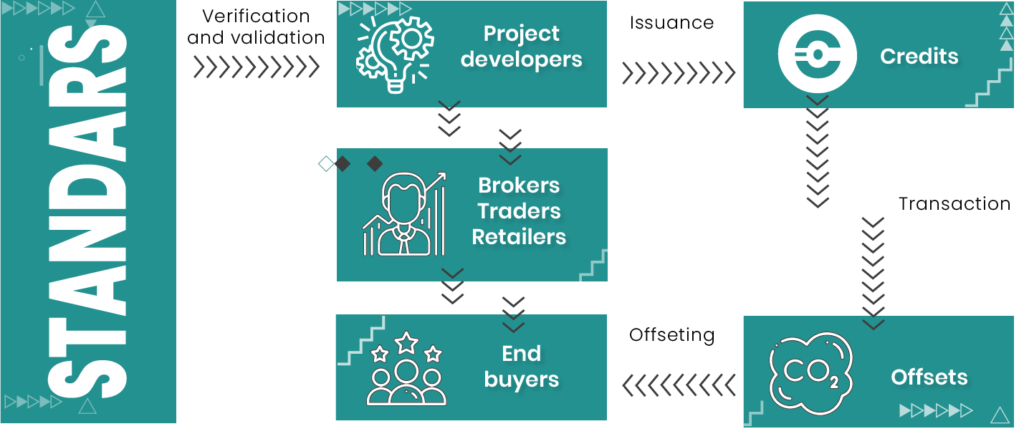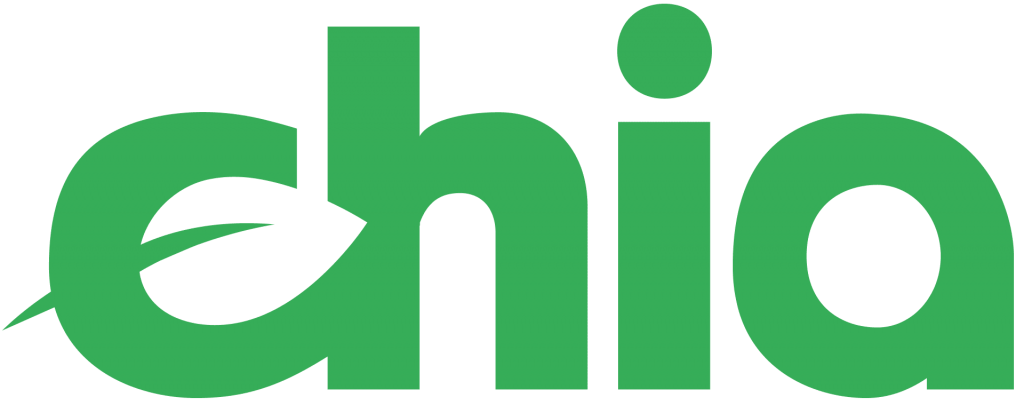Our Work
Our aim is to promote urban health and enhance the quality of life.
Demonstrate with IoT air quality sensors the real impact of reducing CO2 emissions.
We want to create a new city-driven standard and award them with CO2 offset certificates through a voluntary offset market (COP26).
For Businesses
Reduction of taxes related to carbon emissions.
For Cities
Achievement of local decarbonization goals.
Promote CSR contributing to the local sustainability.
Engagement of the whole business community.
How did this initiative come about?
CO2 Marketplace was born as an EIT Digital project supported by Fiware and Engineering to register and monitor the impact of indirect CO2 offsetting actions in cities through artificial intelligent models.
We concluded from CO2 Marketplace that citizens, public administration, and business networks need to promote green trade initiatives to offset their CO2 footprint. Faced with this need, we created a SaaS for administrations. In this way, they will acquire and certify local CO2 offsets through STANDARD certifications.
Thanks to the European Blockchain Services Infrastructure, Etherum and Chia technology, CO2 Marketplace will create the certifications for the single sale of CO2 credits.

Structure of the voluntary carbon market
Carbon markets are driven by the actors listed below. Voluntary carbon markets allow carbon emitters to offset their unavoidable emissions by purchasing carbon credits issued by projects to remove or reduce GHGs from the atmosphere. Each credit, which corresponds to one metric tonne of CO2 reduced, avoided or eliminated, or GHG equivalent, can be used by a company or an individual to offset the emission of one tonne of CO2 or equivalent gases. When a credit is used for this purpose, it becomes an offset. It is transferred to a registry of retired credits or retirements and is no longer tradable. Each credit, which corresponds to one metric tonne of CO2 reduced, avoided or eliminated, or GHG equivalent, can be used by a company or an individual to offset the emission of one tonne of CO2 or equivalent gases. When a credit is used for this purpose, it becomes an offset. While compliance markets are currently limited to specific regions, voluntary carbon credits are significantly more fluid, unconstrained by limits set by nation-states or political unions. They also can be accessed by all sectors of the economy rather than a limited number of industries.

Project developers represent the upstream part of the market. They established the projects that emit carbon credits, which can range from large-scale industrial-style projects, such as a high-volume hydropower plant, to smaller community projects, such as clean cookstoves.
Project developers represent the upstream part of the market. They established the projects that emit carbon credits, which can range from large-scale industrial-style projects, such as a high-volume hydropower plant, to smaller community projects, such as clean cookstoves.
To link supply and demand, there are intermediaries and retailers, as in other commodity markets. Retail traders buy large quantities of credits directly from the supplier, bundle these credits into portfolios, ranging from hundreds to thousands of tonnes of CO2 equivalent, and sell these bundles to end buyers, usually with some commission.
Brokers buy carbon credits from a retailer and market them to an end buyer, usually with some commission.
Standards are organisations, usually NGOs, that certify that a particular project meets its stated targets and its stated emissions volume.



"Ecosystem that allows to successfully achieve decarbonization target based on voluntary compensations market"

Worldwide Shipping
A website that allows buying and selling CO2 simply

Best Quality
CO2 Marketplace guarantees the reliability and availability of data to all CO2 buyers

Secure Payments
Pay securely for your CO2 purchases thanks to the SCA protocols and SSL certificates offered by our payment gateway
